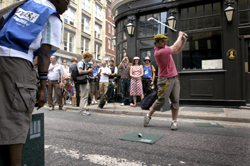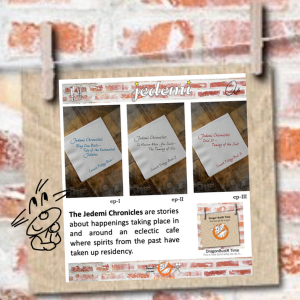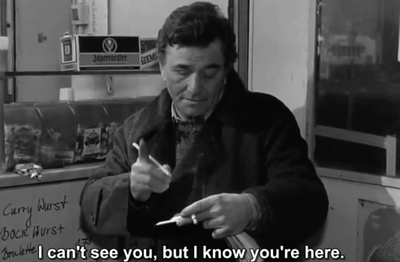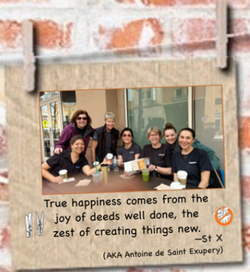Phyllis Korkki’s Workstation column (“To Stay on Schedule, Take a Break”) in the Sunday New York Times recently covered the importance of taking breaks.
A growing body of evidence shows that taking regular breaks from mental tasks improves productivity and creativity — and that skipping breaks can lead to stress and exhaustion.
I am a huge proponent of this type of thinking. I know what works for me and have made adequate time to leave my desk to run, swing a golf club (playing through the house or streets or on-course), throw a ball (left and right handed) and jam to the gym and go multiple rounds of boxing in the bag room. When I get back to my desk, I can do a deep dive and get tons done.
Korkki’s column includes some notable quotables, starting with James A. Levine, a professor of medicine at the Mayo Clinic who has done studies showing that workers who remain sedentary throughout the day are impairing their health:
“Mostly, though, workers don’t take enough breaks — especially breaks involving movement,” says Dr. Levine. “The design of the human being is to be a mobile entity.”
Dr. Levine is also a proponent of standing, and even walking, while working and during meetings.
Management should encourage employees to devise individually effective break routines, Dr. Levine says. But he also has some general guidelines: try working in intense 15-minute bursts, punctuated by breaks, in cycles that are repeated throughout the day. This works because “the thought process is not designed to be continuous,†he says.
Perhaps the best way to make this happen is for management to set an example — demonstrating how you can take a break without missing a beat.
Maybe this is something worth giving attention to by dedicating a week or even a month to TAB (Taking A Break) awareness.
What do you think?
###



















Speak Your Mind